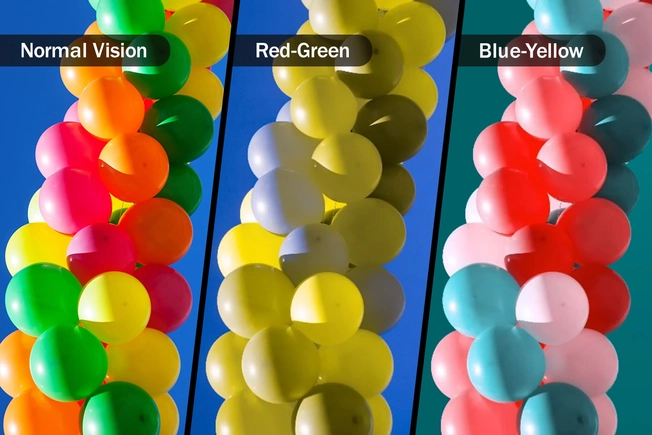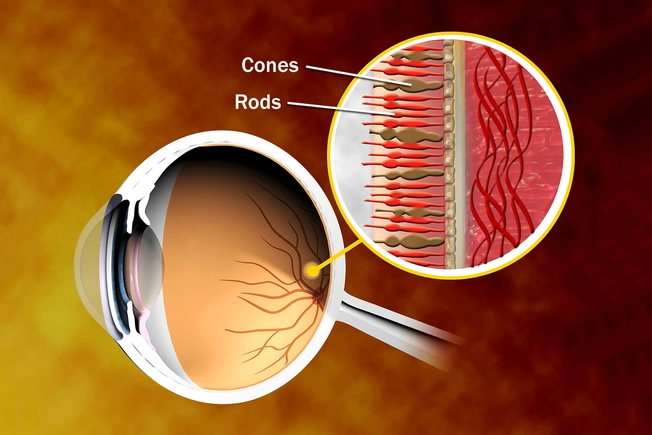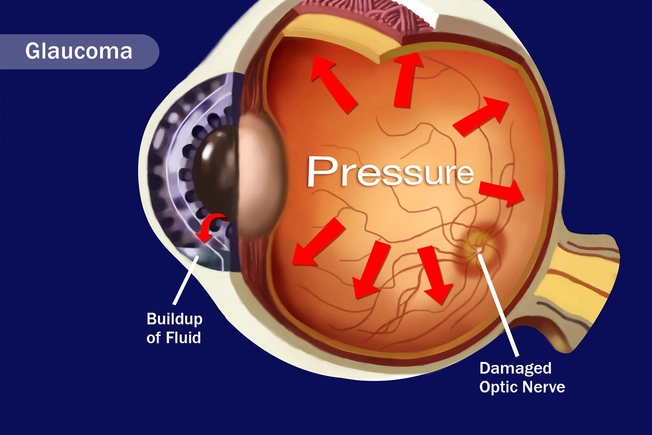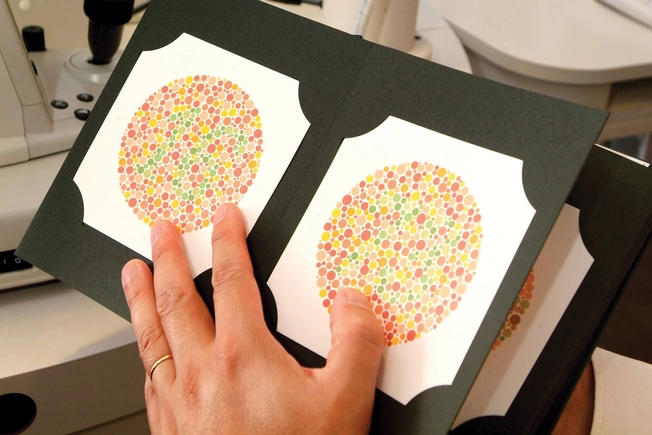Guide to Colorblindness


What Is It?
Colorblindness isn’t really what it sounds like. Most people with the condition can see some colors correctly but can’t pick out others. “Color deficiency” might be a better name. Whatever you call it, it’s more common in men than women. About 1 in 12 men are colorblind, compared with about 1 in 200 women

Two Main Types
With the most common kind of colorblindness, you can’t tell the difference between some shades of red and green. Other people have a type that makes you confuse certain shades of blue and yellow. Either one can be mild, moderate, or severe.

How You See Colors
Your retina is a layer at the back of your eyeball that’s sensitive to light. It has two kinds of cells: rods and cones. The rods work in dim light, and the cones react to brighter light. They both respond to colors. Their signals go through the optic nerve to your brain, where they’re combined to make all the colors in the rainbow. About 12% of women have an extra kind of cone that lets them see 100 times more colors than other people.

How Colorblindness Happens
If you’re colorblind, that means there's a problem with at least one kind of cone. Those cones could be missing, or they might pick up a different color than they should. For instance, some cones could have defective genteic coding for specific color sensitive chemicals. Either way, they can’t send your brain the right information. Since the cones also help you see the fine details of what you’re looking at, colorblindness might also make you see a little less sharply.

Why It Happens: Genes
Most people who have colorblindness are born with it. That’s because it usually begins with the genes you get from your parents. Those genes don't give your body the right instructions about how to make blue, red, and green pigments for your cones. Without the pigments, the cones can’t recognize colors.

Why It Happens: Disease
Colorblindness can affect some people who aren’t born with it. Certain eye diseases can lead to it, and it also can happen along with leukemia, Parkinson’s disease, Alzheimer’s disease, sickle cell anemia, or alcohol use disorder.

Why It Happens: Medicine or Chemicals
Certain drugs -- including some that treat heart disease, high blood pressure, erectile dysfunction, nervous ailments, or emotional disorders -- can have colorblindness as a side effect. Colorblindness also can come from working around chemicals like fertilizers or solvents. But while things like taking certain drugs or working with certain chemicals can cause secondary color deficiency, it is very uncommon.

How It’s Found
If your child is colorblind, you may not know it until they start to learn the names of colors. Or they may have a hard time in school with exams or homework that use color-coded materials. It’s a good idea to test kids’ color vision around age 4. If colorblindness runs in your family, have your child tested by an eye doctor.

How It’s Diagnosed
The main way to tell if someone’s colorblind is the Ishihara color test. It uses images of dots in many colors. If you see color correctly, you’ll spot a number or some other shape in each image. If you’re colorblind, you won’t be able to. You can get the test to use on yourself, but an eye doctor can do it better.

Living With It: Gadgets
Apps for your cellphone or tablet computer can tell you what color something is. You take a photo, and when you tap on a place in the image, the app tells you the color. Some apps can even tell shades of colors. If you have red-green colorblindness, special lenses may let you see colors more clearly, although their effectiveness is widely controversial. For instance, special lenses to correct for color deficiency are not permitted for pilots.

Living With It: Habits
If you’re colorblind, it can help to ask someone to help you put labels on your clothes that tell you what color they are, so you can choose things that match. Arrange your closet so that clothes you can wear together hang close to one another. You also might memorize the order of colors in various objects, like traffic lights.

Is It Treatable?
If your colorblindness started because of a disease or is a side effect of prescription medicines, you might be able to do something about it. For example, your doctor might be able to prescribe a different drug. But the main kind of colorblindness, the type you inherit from your parents, can’t be corrected.

Working Toward a Treatment
Researchers are looking for ways to treat the kind of colorblindness you get through your genes by helping the cones work better. Tests on animals have been promising, and tests on people, called clinical trials, are going on now. Talk with your eye doctor if you’re interested in taking part in a trial.